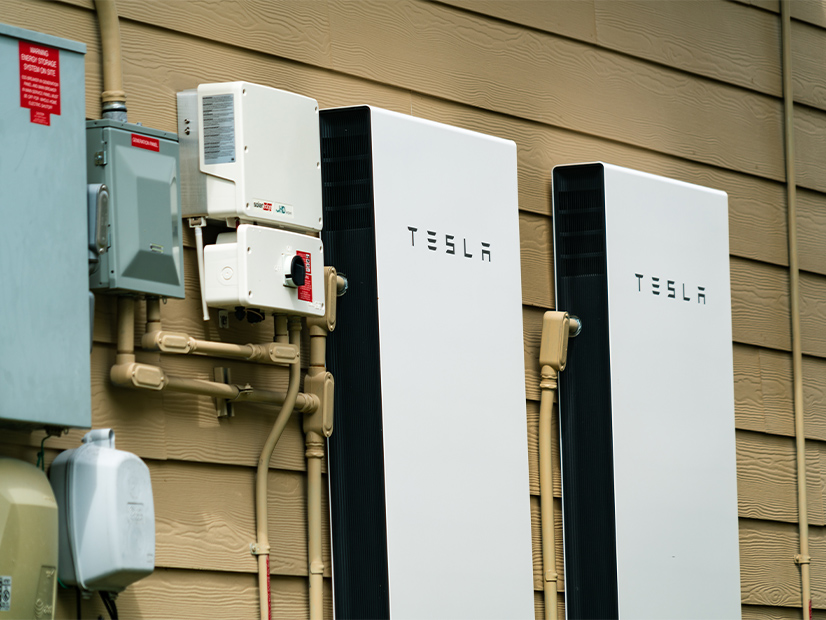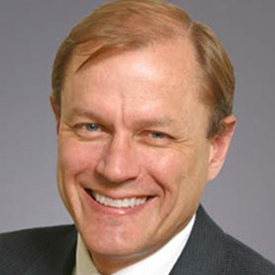It seems like yesterday I started scribbling about all manner of industry subjects — against the flow, the prevailing wisdom, the latest hype, etc.
But it’s actually been 10 years. With that passage of time, spanning 90 columns and articles all available here, I thought I’d look back at what I might have gotten right, gotten wrong or whatever. And what such might portend for the next 10 years.
Let’s start with — who else — Elon Musk and his claims for his new home battery, the Powerwall. Including pairing with his cousins’ SolarCity’s solar panels. Powerwall and SolarCity didn’t live up to Musk’s early hype, as I discussed in follow-up columns (one more), but they finally became a profitable part of Tesla. Maybe I should get partial credit.
Next subject was Big Transmission (not to be confused with economic interregional ties). Back then, I summarized the prior 10 years: “It was heady stuff: Big lines and arrows sweeping across the country, depicting massive new transmission projects. But after 10 years of dramatic announcements and proposals, the reality today is that Big Transmission has fallen and it won’t be getting up. And a second reality is this: The fall of Big Transmission is not a public policy failure. Rather, Big Transmission never did make sense. Instead, the experience so far points to a continuation of what we’re doing now — to more of the incremental transmission expansions that have characterized the past 10 years — and not to count on Big Transmission as a solution to any future industry challenge.” Another 10 years and the song remains the same.✔️
On to microgrids! I showed that microgrids are the irrational antithesis of everything we know about electric system planning and operation. A couple years later, I discussed the threat microgrids posed to national security, did a recap a couple years later, and then this year covered the microgrid boondoggle in Chicago. ✔️
Next up were utility-scale batteries. I showed that the two claimed value propositions, capacity backup and energy arbitrage, didn’t pencil out. Battery costs have since come down significantly, but batteries remain a niche product absent subsidies and/or mandates. Hmm, maybe another partial credit.
On to New York’s REV (“Reforming the Energy Vision”). As I said back then, it was the most hyped regulatory initiative since the California restructuring some 20 years prior. REV was mostly word salad, but one of the few specifics was subsidizing utilities to install rooftop solar. I couldn’t imagine a worse idea. ✔️
Well, except maybe California’s artificial creation of the Duck Curve by layering one bad policy on top of another. Free storage and distribution in the form of net metering, uneconomic time-of-use rates discouraging afternoon usage, subsidies of battery storage reducing afternoon usage. Yikes. Many years later, the Duck is finally getting targeted, but not before helping drive California’s electric rates to astronomical levels. ✔️
Another close contender from California was the planned closure of the Diablo Canyon nuclear plant. Perhaps my hair-on-fire column helped save the plant … and perhaps helped the planet. ✔️
Oh, and lest we forget Bernie Sanders’ promise to ban fracking during his 2016 campaign. Not only to cost consumers some $100 billion annually, but to increase carbon emissions by increasing coal-fired generation. Yikes! ✔️
Enough reminiscing for one day!
P.S. Except to add to prior columns’ postscripts about Peace, Love and Understanding. Here’s an audio version by the guy who wrote it, Nick Lowe. Oh, and this cover by Elvis Costello 20 years ago is epic.
As Spinal Tap said: Turn it up to 11.
Columnist Steve Huntoon, principal of Energy Counsel LLP and a former president of the Energy Bar Association, has been practicing energy law for more than 30 years.



